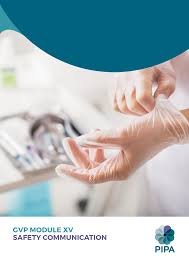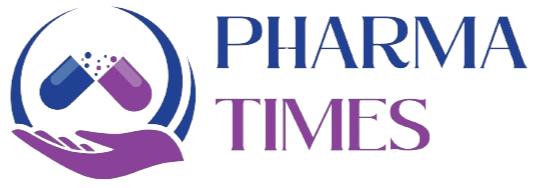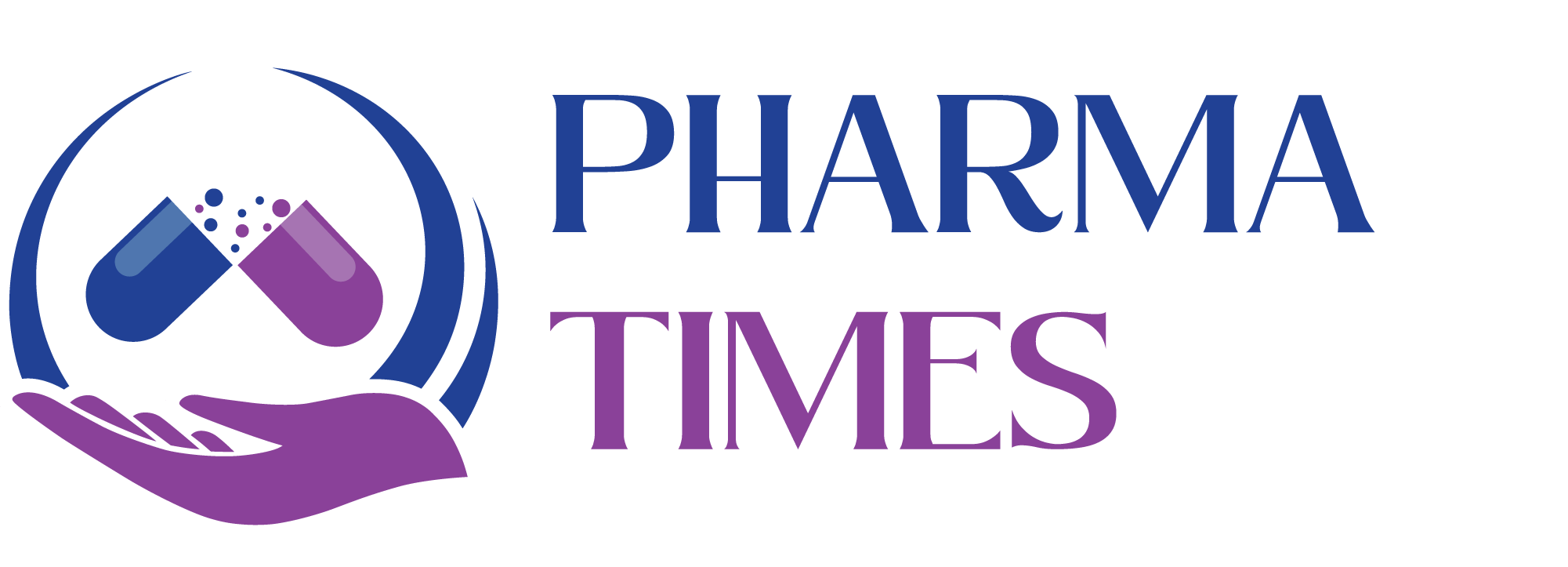Guideline on good pharmacovigilance practices: Module XV – Safety communication

✅ GVP Module XV – Safety Communication
📘 Purpose
GVP Module XV provides guidance on how Marketing Authorization Holders (MAHs) and Regulatory Authorities should effectively communicate safety information about medicinal products to healthcare professionals, patients, and the public, ensuring timely awareness and risk minimization.
🔹 Objectives of Safety Communication
-
Inform about new or changing safety concerns.
-
Support safe and effective use of medicines.
-
Promote trust in regulatory systems.
-
Facilitate appropriate risk minimization actions.
-
Enable informed decision-making by healthcare professionals and patients.
🔹 Types of Safety Communication
1. Direct Healthcare Professional Communication (DHPC)
-
Targeted, urgent communication to healthcare professionals.
-
Used to announce:
-
Major new safety issues
-
Important changes to use or prescribing
-
Product withdrawal or restriction
-
2. Press Releases and Public Statements
-
Issued for wider audiences, especially when there’s public interest or significant risk.
-
Should be clear, transparent, and fact-based.
3. Educational Materials
-
Tools to complement the Risk Management Plan (RMP).
-
Help reduce risks by informing HCPs/patients (e.g., guides, checklists, cards).
🔹 Key Principles of Safety Communication
-
Timeliness – Communicate as soon as reliable information is available.
-
Accuracy – Provide evidence-based, balanced information.
-
Clarity – Use non-technical language when appropriate.
-
Consistency – Align messages across materials and authorities.
-
Transparency – Be open about uncertainties or ongoing investigations.
🔹 Who Is Involved?
🔸 Marketing Authorization Holders (MAHs)
-
Prepare DHPCs and draft safety communications in collaboration with regulatory authorities.
-
Ensure timely and accurate messaging.
🔸 Regulatory Authorities (PRAC, EMA, NCAs)
-
Review and approve safety communications.
-
May lead communication in high-urgency or EU-wide cases.
-
Maintain the European Medicines Agency (EMA) website with published safety updates.
🔹 Process of Safety Communication
-
Signal Detection or Risk Identification
-
Decision to Communicate
-
Preparation of Communication Materials
-
Regulatory Review and Approval
-
Dissemination (via mail, websites, media)
-
Follow-up (monitor impact and feedback)
🔹 Dissemination Channels
-
Email, postal mail, fax (for DHPCs)
-
EMA and NCA websites
-
Professional societies and media
-
Social media (used carefully and responsibly)
🔹 Monitoring Communication Impact
-
Assess effectiveness through:
-
Surveys
-
Changes in prescribing/use patterns
-
ADR reporting trends
-
📌 Conclusion
Effective safety communication is essential for minimizing harm and promoting the safe use of medicines. GVP Module XV ensures structured, transparent, and proactive communication between MAHs, regulators, and the public.
🎓 Discover one of the best Pharmaceutical Pharmacovigilance course available — click below to explore the course that’s shaping future Pharmacovigilance skills.

